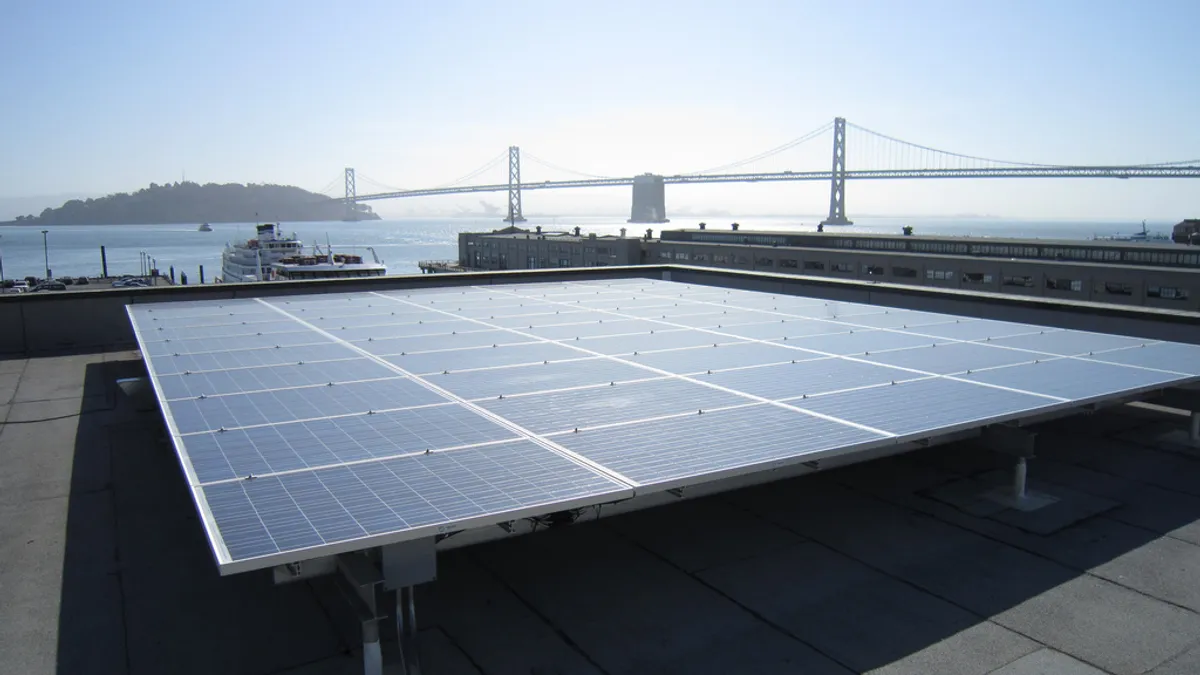Dive Brief:
-
Gov. Paul LePage of Maine (R) has proposed an end to the state's solar net metering program, according to Maine Public Broadcasting.
-
LePage’s proposal includes a three-year grandfather period that would allow residents who have installed solar panels to recover some of their investment.
-
LePage wants to replace the state’s net metering program with a market-based approach.
Dive Insight:
Maine is the latest state where the growth of solar power has caused pushback on net metering policies.
In May lawmakers in Maine were not able to override Gov. LePage’s veto of a bill that would have replaced retail rate net metering for rooftop solar customers with a market-based incentive program. Now the governor proposed an end to the state’s net metering policies.
The proposal, which would to replace the net metering program with a market based approach, was submitted to the Maine Public Utilities Commission by Patrick Woodcock, who directs the governor’s energy office.
Woodcock said the proposal would still compensate solar owners for excess energy, but at rates that are closer to the real-time value of electricity in the region.
“The whole concept behind the comments from the governor’s energy office is to move forward with a more market-based approach,” Patrick Woodcock, director of the governor’s energy office, told Maine Public Broadcasting.
The proposal drew rapid criticism from the solar power industry with advocates saying the proposal would add to the uncertainty about net metering’s future in the state. They also argue that the proposal ignores solar benefits such as reducing energy demand at peak times.
The governor’s proposal is “a crock of lies and misperceptions and misinformation,” Steve Hinchman, the chief financial officer at ReVision energy, told Maine Public Broadcasting.
The incentive plan, ordered by state legislators last year after overidding another LePage veto, was designed to grow Maine’s current 18 MW installed solar capacity to 196 MW by 2021 by supporting growth of most valuable solar opportunities in each market segment. It was supported by the state's investor-owned utilities along with a group of solar companies and environmental groups.














